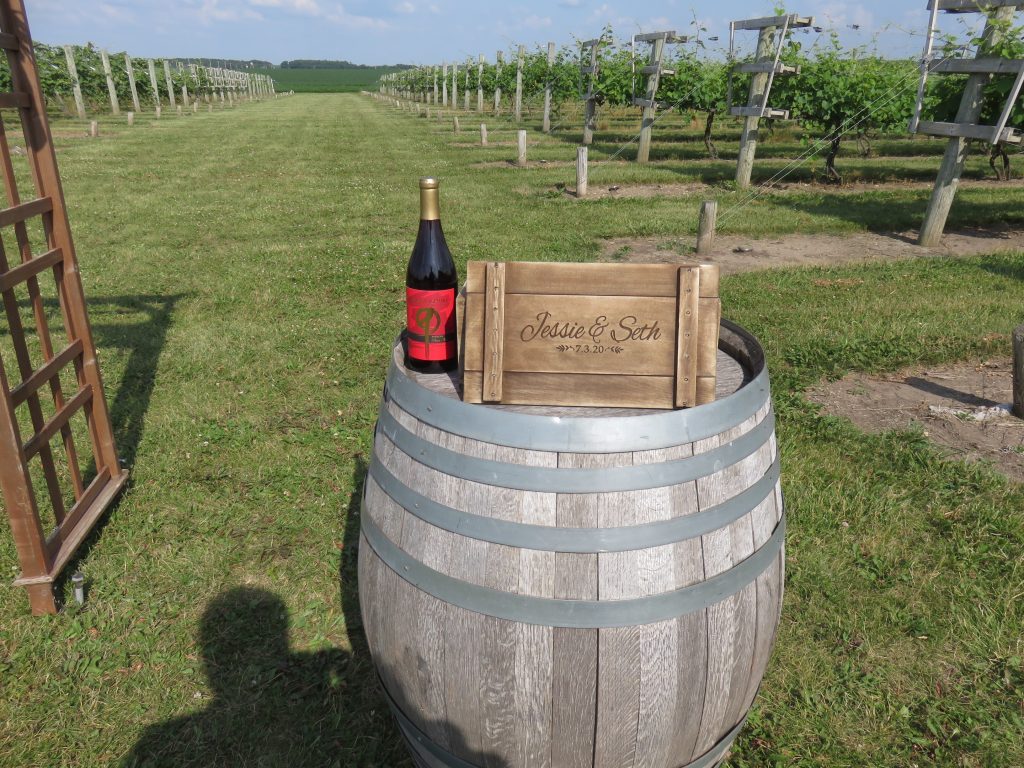Bad Weather Backup Plans – A Wedding Essential
Bad weather backup plans are essential for Minnesota weddings. The variability of our weather makes an indoor ceremony plan necessary for anyone planning an outdoor ceremony.
Most people think of rain as the weather problem requiring a move to an indoor ceremony space, but our current hot weather demonstrates that there are more weather conditions to consider. Extreme heat is uncomfortable for everyone, but can be deadly for senior citizens like grandparents, and for guests with underlying health conditions. And don’t forget about yourselves and your wedding party. Tuxedos and suits are not normal daily wear for many of the men in your wedding party, and long dresses made of synthetic fabrics can cause your women to melt in the heat. Hair and makeup is not going to be optimal following photo sessions before the ceremony. Who wants to look wilted on their wedding day?
Over the years I’ve encountered other weather conditions that wreak havoc with outdoor ceremonies, too. The Rochester area is known to often be breezy, but there are many days when winds top 25 miles per hour. If it is a temperate day this might not be a problem, but consider a 50 degree late September day when the wind has a definite bite to it. Not pleasant conditions for guests or the wedding party. And the same can be true of early spring ceremonies.
Given the variety of weather we experience here in Minnesota, well considered bad weather backup plans are needed to address this critical but uncontrollable element of your wedding day. Knowing that there is a viable indoor space available, ideally at the same venue as your outdoor ceremony space, will allow for a graceful shift in plans if the weather requires it.
No one wants to consider that weather will adversely impact their ceremony plans, but the reality is that it can and too often does. Having bad weather backup plans in your back pocket can save the day and keep the celebration on track.

